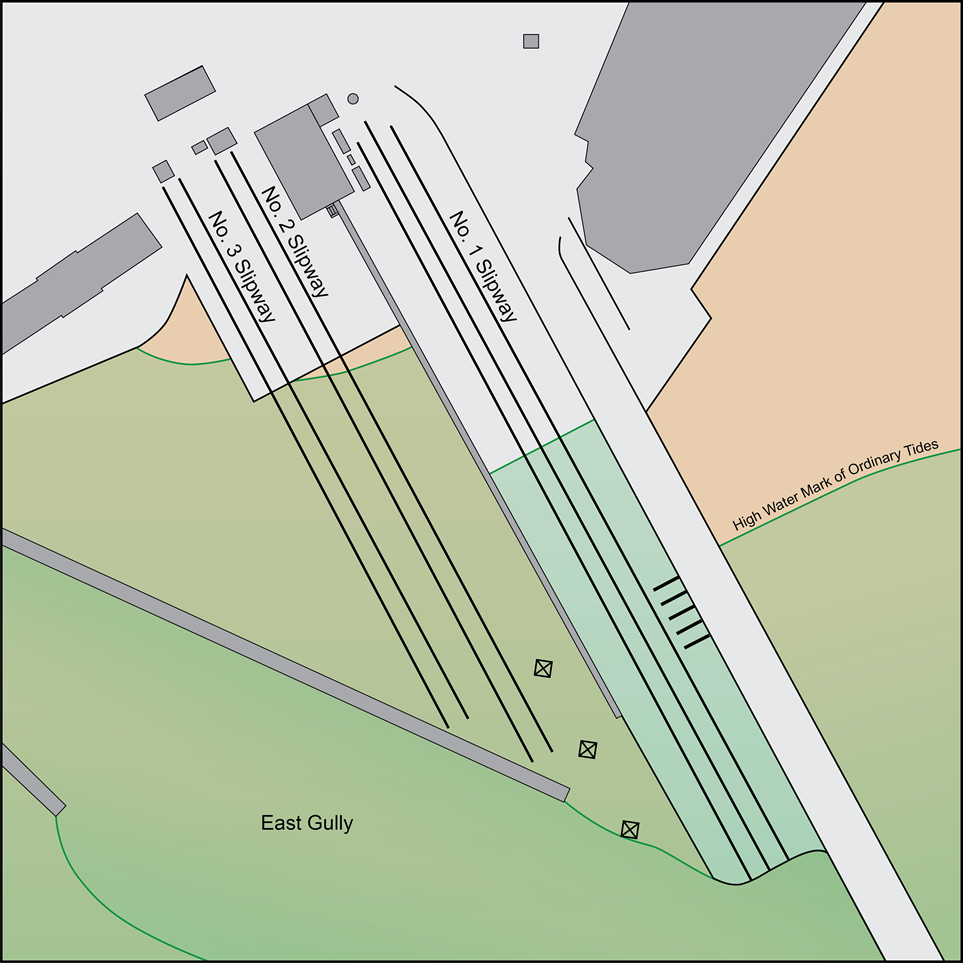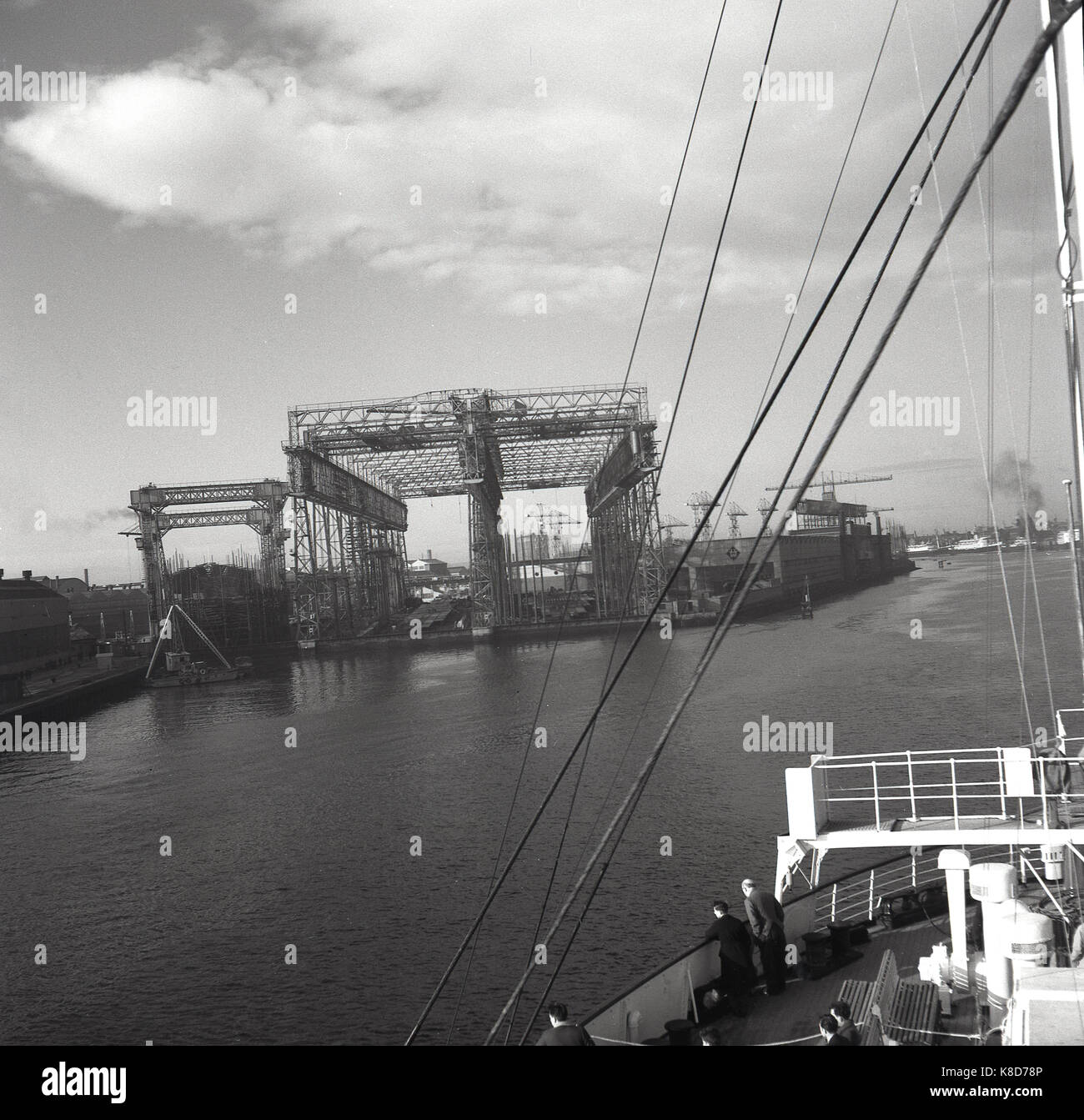

For many years, the "League Island Crane" was the Navy's largest crane. At the time, it was the world's largest crane. Weighing 3,500 tons, the crane was shipped to the yard in sections. Manufactured in 1919 by the McMyler-Interstate Company in Bedford, Ohio, the crane was called the League Island Crane by its builder. Just after of the end World War I, a 350-ton capacity hammerhead crane was ordered for the yard. The Naval Aircraft Factory was established at the League Island site in 1917.
Slipways ship manual#
It was 5 years before the ten-hour day was extended to all government employees engaged in manual labor this was accomplished via an executive order by President Martin Van Buren on 31 March 1840. "The Committee are sure that if the example is set in Philadelphia it will be required in other places and they will not attempt to disguise the pleasure it would give them as Citizens and as Workingmen to see a reformation taking place under the auspices of the Government." On 29 August 1836, a committee of Philadelphia Navy Yard mechanics appealed to President Andrew Jackson to extend the law, However, the change was applicable only to the Philadelphia Navy Yard. Their petition was granted and on 31 August 1835 the president ordered the Secretary of the Navy to grant the ten-hour work day, effective 3 September 1835. there is no probability they will secede from their demands." Commodore Barron endorsed his workers' request with the following acknowledgment "I would respectfully observe – Seems to be inevitable, sooner or later, for as the working man are seconded by all the Master workmen, city councils etc. After first seeking workday reduction by a request to the Secretary of the Navy via shipyard Commandant Commodore James Barron, on 29 August 1835 they appealed directly to President Andrew Jackson. In the summer of 1835 Philadelphia Navy Yard shipwrights, joiners and other workers led the effort to reduce the workday by combining the direct action of a strike, with political pressure to the executive branch. Prior to 1835, the workday in the Philadelphia Navy Yard was sunrise to sunset, with time off for breakfast. Philadelphia Naval Hospital staff, Philadelphia Navy Yard, 1 July 1835, p.2, The Navy still operates a Naval Inactive Ship Maintenance Facility and a few engineering activities at the site. These include cutting-edge cell therapy production facilities, global fashion companies, and a commercial shipyard. It is a large mixed-use campus where nearly 15,000 people are employed by more than 120 companies representing a mix of industries. First called Philadelphia Naval Business Center, it is now known as The Navy Yard.

In 2000, the Philadelphia Industrial Development Corporation, on behalf of the city of Philadelphia, acquired and began to redevelop the land. The United States Navy ended most of its activities there in the 1990s, closing its base after recommendations by the Base Realignment and Closure commission. During World War II, some 40,000 workers operated on shifts around the clock to produce and repair ships at the yard for the war effort. The Navy Yard expansion stimulated the development over time of residences and businesses in South Philadelphia, where many shipyard workers lived.

It was replaced by a new, much larger yard developed around facilities begun in 1871 on League Island, at the confluence of the Delaware and Schuylkill rivers. Philadelphia's original navy yard was begun in 1776 on Front Street and Federal Street in what is now the Pennsport section of the city. Visitors to the Norfolk Broads who wish to bring their own boats for sailing, motor boating, fishing or paddling, can launch them from a variety of slipways, private and public, located throughout the Norfolk Broads.The Philadelphia Naval Shipyard was the first naval shipyard of the United States and continued to be an important one for almost two centuries.


 0 kommentar(er)
0 kommentar(er)
